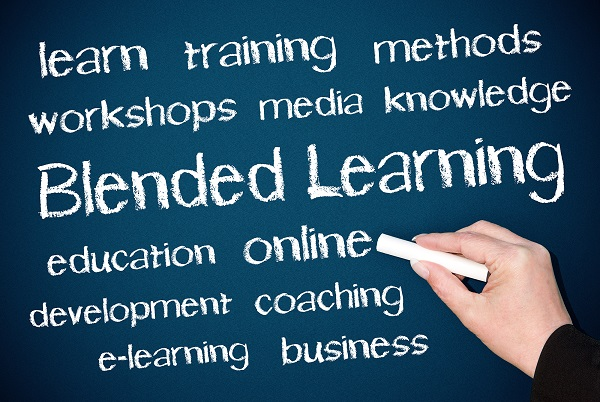ATD Blog
Blended Learning: Which Modality for What Content?
Wed Nov 11 2015

Understanding which modality to use for what type of content or training is key to making the blend meaningful to the learner and achieving your desired results. When selecting an approach, you need to consider the content, the audience, and available resources, including technology. Another consideration is risk, which may dictate the modality of compliance training.
Risks are inherent in any type of training. There is a false sense of security in corralling employees into a room to learn something. In spite of being a captive audience, they still choose whether they want to learn or not. It is partially the trainer’s job to make sure what is being presented is relevant to the learner and gives them reasons to invest in what’s being learned. It’s the instructional designer’s job to create a learning program that engages and gives the learner opportunity for practice, assessment, and application on the job. A blended approach is no different; the same elements must be in place for it to be successful.
How will you ensure that learners are completing self-directed activities? Will you have them complete a workbook and upload it to the LMS, or send it to a trainer or coach? Will you require them to pass a test at the end of self-directed learning? Have you built enough interactivity into your virtual instructor-led courses that you force participation, or is it simply a boring lecture that will prompt learners to reduce your screen for an hour and work on email?
Even in this day and age, few companies and organizations take time to actually measure application. Many transformations from classroom to blended learning happen without any sort of baseline measure of classroom effectiveness, so making a comparison is futile. If you are considering a blended learning approach, make certain that you are putting proper measurements in place so you are able to make improvements where necessary and continue refining your efforts. And don’t forget to ask employees about the learning program. They will tell you much of what you need to know to take it to the next level.
It is amazing that in the 21st century many L&D professionals still rely on the classroom for most or all facets of training. Blended learning addresses all the aspects of adult learning that a classroom often misses—practice, application on the job, and assessment of performance steps. In addition, there must be some type of performance support to reinforce what has been learned, which a blended approach can easily achieve.
Here’s a breakdown of blended learning modalities:
Learning Component: Course Content
face-to-face instructor-led or virtual instructor-led (synchronous)
recorded session (asynchronous)
video
e-learning CBT
web-based resource links
interactive PDFs
Learning Component: Interaction (participant-instructor, participant-participant, participant-coach/mentor)
in person
interactive chat
threaded discussion
email
Skype
telephone
e-learning CBT interactivity
Learning Component: Practice
live hands-on
role play
virtual lab
simulation
branched scenarios
Learning Component: Resources (such as job aids and quick references)
printed
electronic
online access
Learning Component: Assessment
self-checks within e-learning
formal pretesting and post-testing
live demonstrated performance (authentic assessment)
self-evaluation
graded assignments
instructor evaluation
peer evaluation
certification
Learning Component: Performance Support
coach, mentor, or peer mentor, either in person or virtually
printed, electronic, or online access
For more on insight into how to develop effective blended learning, check out our complete issue of TD at Work “Blended Learning That Works” (ATD Press, October 2015). In this TD at Work, you will learn:
when blended learning is an effective choice
how blended learning is delivered
key information for making blended learning design decisions
potential blended learning benefits and constraints.
More from ATD
